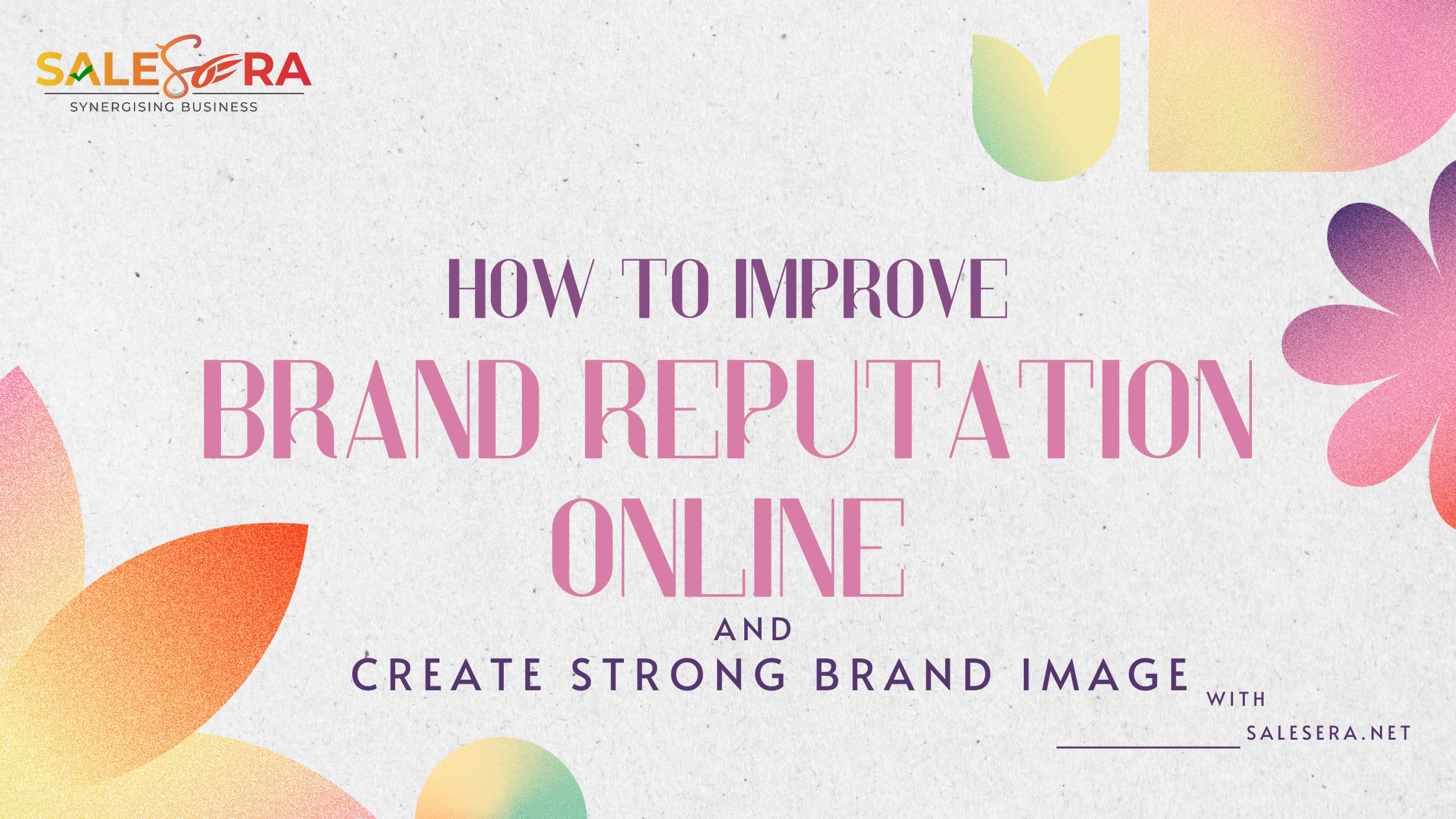In a competitive market, you need to pull all the stops to engage and convert any potential customer. For that reason, the UX/UI design of your website becomes critical. Just think of the last time that you visited a site that took forever to load, or that made it hard to navigate. How long did you stay on the page? Exactly. Without proper attention to UX/UI design, a website may fail to attract and retain users, leading to decreased engagement, low conversion rates, and ultimately, lost revenue. In this post, we’ll explore why UX/UI design matters and how it can impact your digital marketing efforts.
What is UX/UI Design and Why is it Important?
Nowadays, we spend a lot of time online. Almost everything you need to do can be done on the internet: connecting with friends, banking, filing taxes, ordering things, and running a business. If you don’t enjoy your experience at one e-store, you can simply click off and start over elsewhere. The reverse is also true. The more user-friendly a site or application is, the more likely it is that we will return to use it again. That’s why UX/UI design is so important. UX (user experience) design creates a satisfying and seamless experience for users, while UI (user interface) design is focused on the visual and interactive components of a website. UX/UI design is critical for creating user-friendly digital products, such as websites or mobile apps. Designers work to understand user behavior, preferences, and needs to create designs that are visually appealing and easy to use. Investing in UX/UI design can have a significant impact on the success of your website and business, leading to increased traffic, conversions, and revenue.
The Role of UX/UI Design in Brand Identity
UX/UI design plays a crucial role in shaping brand identity. Brand identity is the overall personality of a brand, including its logo, color scheme, typography, and messaging. It’s how a brand presents itself and is important for brand recognition and building customer trust. A well-designed website can create a lasting impression and differentiate you from competitors.
To achieve this, consider these factors:
- Visual Design: The website’s visual design should reflect your brand’s personality and values. Consistency across all brand touchpoints creates a strong, cohesive brand image and fosters loyalty.
- The tone of Voice: The website’s copy should be consistent with your brand’s tone of voice, reinforcing your brand’s personality and values. Emotional connections foster brand loyalty and word-of-mouth referrals.
- Usability: Your website’s usability should reflect your brand’s values, creating a better user experience and reinforcing your brand identity. User-friendly websites increase time spent on your site and the likelihood of converting.
By optimizing your website’s UX/UI design for your brand identity, you can create a memorable impression that resonates with users and builds brand loyalty over time. Continually reviewing and refining your website’s design ensures consistency with your evolving brand identity and values. User research can provide insights to inform design and content decisions.
The Importance of UX/UI Design for Your Website
Many people focus on the visual appeal of the site. They want it to look good and attract visitors, but they may not consider the importance of the user experience. UX/UI design plays a crucial role in making sure that your website not only looks good but is also easy to use and meets the needs of your visitors.
Good UX/UI design can have a significant impact on your website. It can help you to:
- Increase engagement: When your website is easy to use and provides a positive user experience, visitors are more likely to stay on your site longer and engage with your content.
- Improve conversion rates: A well-designed website can help to guide visitors through the conversion funnel, leading to increased conversions and sales.
- Build brand loyalty: A website that is easy to use and provides a positive user experience can help to build trust with your visitors and increase brand loyalty.
- Gain a competitive edge: A website that is easy to use and provides a positive user experience can give you a competitive edge over other businesses in your industry.
So, if you want to create a successful website that not only looks good but also provides a positive user experience, it’s important to invest in UX/UI design. With the right design elements in place, you can create a website that meets the needs of your visitors and helps you to achieve your business goals.
How UX/UI Design Impacts User Experience
Let’s dive deeper into the role of UX/UI design in user experience. A well-designed website should be easy to navigate, with clear calls to action and minimal distractions. This means considering factors such as:
- Navigation: Is it easy for users to find what they’re looking for? Is the menu intuitive and well-organized?
- Content: Is the content relevant, useful, and easy to read? Is it presented in a clear and visually appealing way?
- Forms: Are forms easy to fill out, with clear instructions and minimal required fields?
- Speed: Does the website load quickly, with minimal lag time or delays?
By considering these factors and optimizing your website’s UX/UI design, you can create a positive user experience that encourages engagement and conversion.
Tips for Creating an Effective UX/UI Design for Your Website
Ok, but how? In order to achieve the optimal user experience to enhance your website design, there are several strategies that you can use. Below are a few tips to get you started:
- Focus on user interface development: Take the time to develop a user interface that is simple, intuitive, and visually appealing. This will help your users navigate your website more easily and ensure they have a positive experience.
- Optimize your navigation menus: Make sure your navigation menus are easy to use and understand. Use clear, concise labels that accurately reflect the content of each page on your website.
- Use engaging visuals: Incorporate high-quality images and graphics throughout your website to enhance the user experience. This will help keep your visitors engaged and interested in your content.
- Ensure your website is responsive: Your website should be designed to work seamlessly on a variety of devices, including desktops, laptops, tablets, and smartphones. This will ensure that your users can access your website from anywhere and on any device.
By implementing these strategies, you can create a website that provides a positive user experience and appeals to your target audience. Whether you are developing a new website or revamping an existing one, these tips can help you take your website design to the next level.
Investing in good UX/UI design is essential for any business that wants to succeed in the digital age. By creating a website that is easy to use and visually appealing, you can establish a strong brand identity, increase user engagement, and ultimately drive more sales and revenue. So, if you haven’t already, invest in UX/UI design for your website.
Useful Tools To Help With Creating a Good UX/UI Design for Your Site
So far, we have made a good case for why you should invest in optimizing your website for a better user experience. Here, we’ll talk about the tools and resources that will help you achieve this goal.
One useful resource is website builder toolkits. These toolkits provide you with pre-designed templates and elements that you can use to create your website. This can save you time and effort, especially if you are not a designer yourself.
Another important resource is top UI design tools. These tools can help you create stunning visuals and efficient user experiences. Some popular UI design tools include Sketch, Figma, and Adobe XD.
In addition to these tools, there are also many online resources available to help you learn more about UX/UI design. These resources include blogs, forums, and online courses.
So, take advantage of the many tools and resources available to create a website that not only looks great but also provides an excellent user experience for your customers.
Best Practices for Developing an Effective UX/UI Design for Your Site
By investing time in learning about UX/UI design, you can improve your skills and create even better designs for your site. One of the best ways to improve your skills is to read articles and watch videos from experts in the field. You can also practice your skills by designing and testing your own website or app. To achieve these goals, you need to prioritize both visual appeal and usability and consider the needs and preferences of your target audience.
Here are some best practices for developing an effective UX/UI design for your site:
1. Put yourself in your users’ shoes
To create a website that meets the needs of your users, you need to think like them. Consider their goals, preferences, and pain points when designing your website. Conducting user research can help you gain a better understanding of your target audience and their behaviors, which can inform your design decisions.
2. Keep it simple
A cluttered website can be overwhelming and confusing for users. Keep your design simple and streamlined, with a clear hierarchy and minimal distractions. Use white space strategically to create a sense of balance and harmony on the page.
3. Use clear calls to action
Make it clear what users should do next when they visit your website. Use clear, concise calls to action that guide users toward their desired outcome, whether it’s filling out a form, making a purchase, or signing up for a newsletter. Use contrasting colors and prominent placement to make your calls to action stand out.
4. Test your design
Conduct user testing to identify any issues or areas for improvement in your design. Test your website with real users to get feedback on its usability, navigation, and overall user experience. Use this feedback to make iterative improvements to your design over time.
5. Continuously refine your design
Design is an ongoing process, and it’s important to continuously review and refine your website’s UX/UI design to ensure it meets the evolving needs of your target audience. Pay attention to feedback from users, track metrics such as bounce rate and conversion rate, and make changes as needed to optimize your design for the best possible user experience.
By following these best practices, you can develop a website that provides a positive user experience and helps you achieve your business goals. Remember to prioritize both visual appeal and usability, and to always keep the needs of your users front and center in your design decisions. With the right UX/UI design in place, you can drive engagement, increase conversions, and ultimately grow your business.
Conclusion
In conclusion, it is important to recognize the critical role that UX/UI design plays in the success of any website or digital platform. Not only does good design help to create engaging and effective digital experiences for potential customers, it also helps to establish trust and credibility with those customers. For B2B marketers in particular, prioritizing UX/UI design as a key component of their digital marketing efforts is essential in order to differentiate themselves from competitors and create a competitive advantage in the marketplace. By investing in the development of high-quality UX/UI design, B2B marketers can not only improve the overall effectiveness of their digital marketing efforts but also build stronger relationships with their customers and drive long-term business growth.








